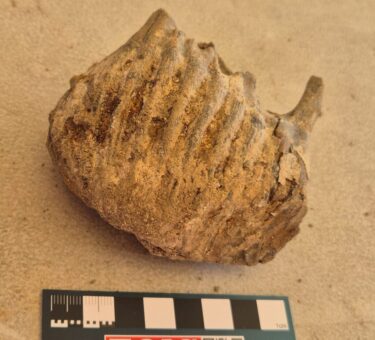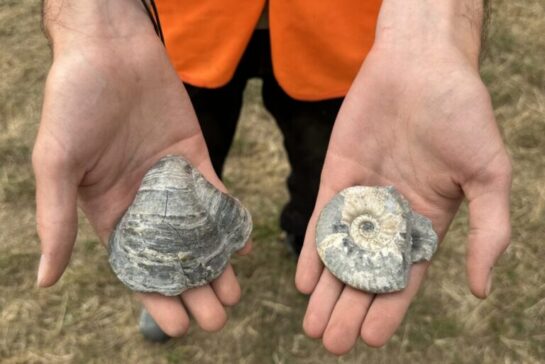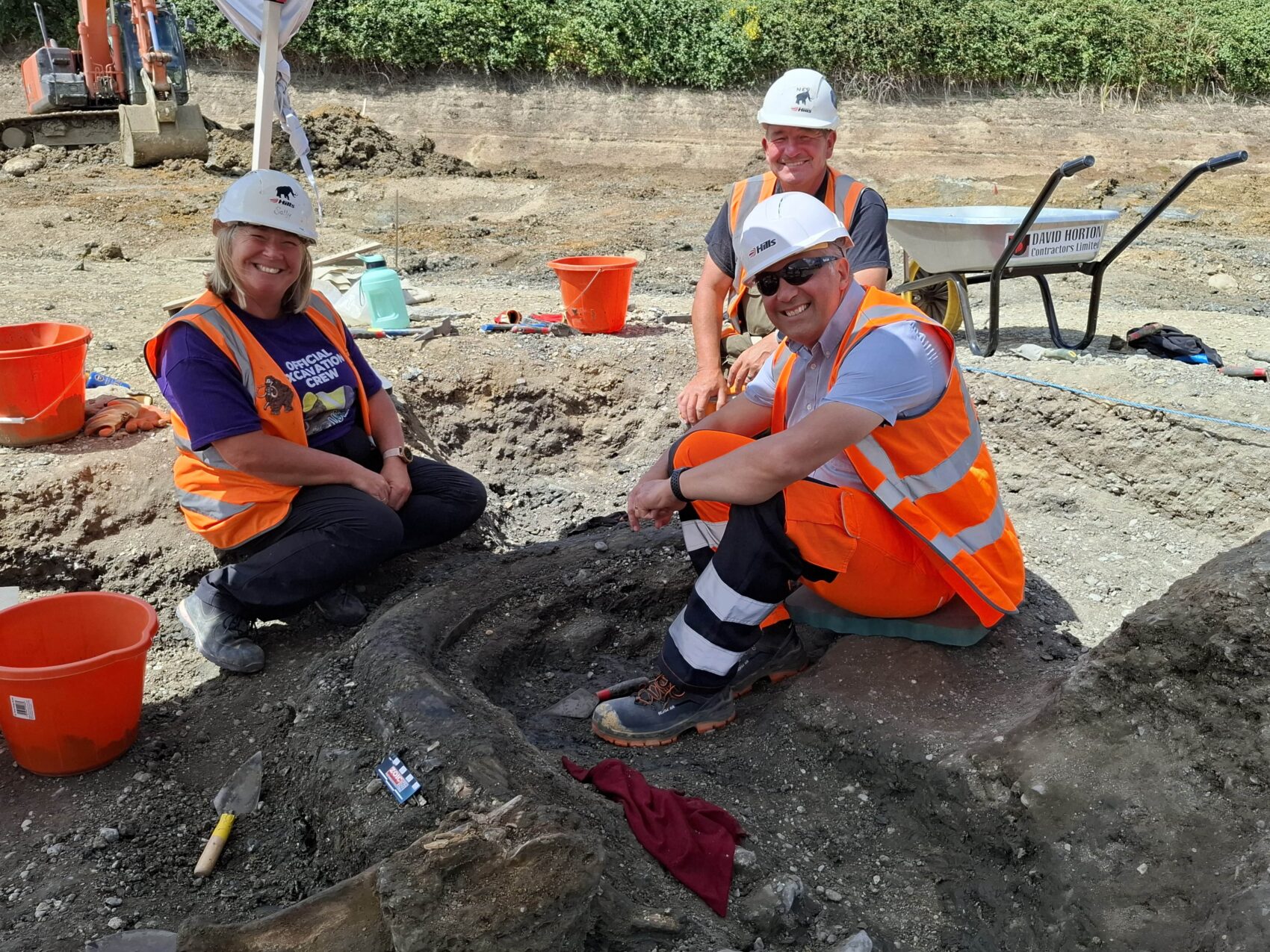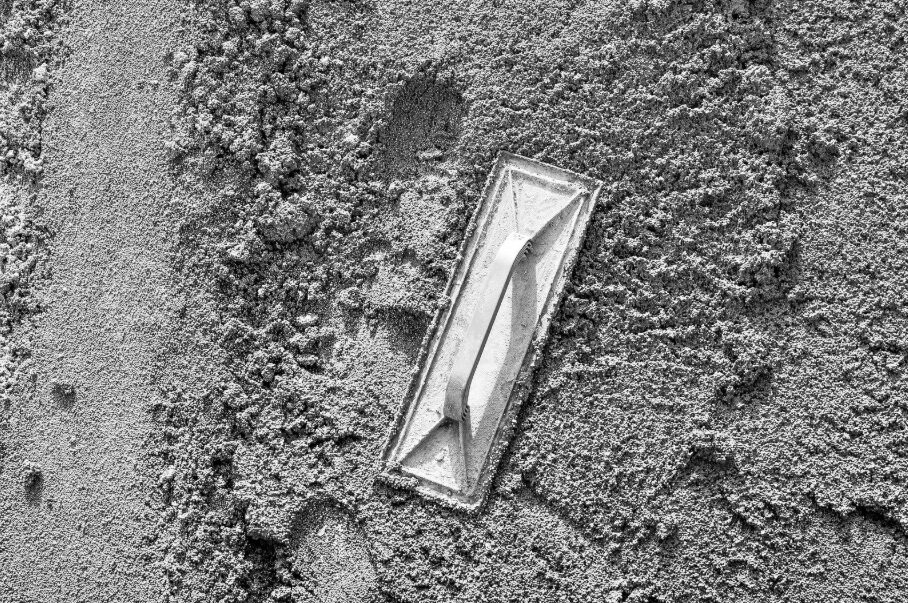Hills Quarry Products has once again made part of its Cerney Wick Quarry site available for the biggest palaeontological excavation in the UK. The site north of Swindon was the inspiration for the BBC1 documentary ‘Attenborough and the Mammoth Graveyard’, and it is yielding more amazing finds from the Pleistocene era.
The 2025 dig, which is led by passionate amateur palaeontologists, Sally and Dr Neville Hollingworth has already found an extremely rare Mammoth Skull, a Bull Mammoth Tusk, bones from Mammoths, Bison, Rhino, Giant Horse and Deer and Jurassic material including a bone fragment from a marine reptile, the Plesiosaur – along with Ammonites, Bivalves are Molluscs, which are approximately 165 million years old.

Mike Hill, Chief Executive of The Hills Group, said: “In the year that our company celebrates its 125th anniversary, it is amazing to think that one of our sites is providing a unique glimpse into life millions of years ago.
“We are delighted to host palaeontology and archaeology students from across the country, and to give them an unrivalled opportunity in fieldwork and conservation which contributes to the UK’s geological heritage.
“It’s the site that keeps on giving, and, of course, without the sand and gravel extraction, all the finds would have remained undiscovered.”
Project lead, Sally Hollingworth, commented: “Hills Cerney Wick Quarry is a nationally significant palaeontological site, containing a rich assemblage of vertebrate fossils from a buried river channel over 200,000 years old. Beneath this lies the Jurassic Kellaways Sand formation (approx. 165 million years old), which has produced exceptionally well-preserved fossils. We are extremely grateful to the team at Hills Quarry Products who have made this dig possible, pumping away the lake to reveal the dig site beneath and allowing us access.
“All of the finds from this excavation will provide new information on our understanding of life in the Thames Valley 214,000 years ago, rewriting the books and redefining the local geology. With over 200 registered volunteers and some travelling from overseas, over 20 universities being represented – this dig is the biggest palaeontological excavation in the UK.”


The artefacts and mammoth remains found at the Hills Quarry Products quarry date to around 210,000–220,000 years ago, towards the end of a warmer interglacial period when Neanderthals still inhabited Britain. Towards the end of this period, early humans abandoned Britain as temperatures plummeted, and the landmass was plunged back under ice.
It’s not yet clear whether the mammoths were killed by Neanderthals, or why so many were found in one place, but archaeological sites from this period are incredibly rare, as is evidence of how Neanderthals interacted with mammoths, making this discovery one that has enormous value for understanding of Neanderthal behaviour, not just in Britain but across Europe.











